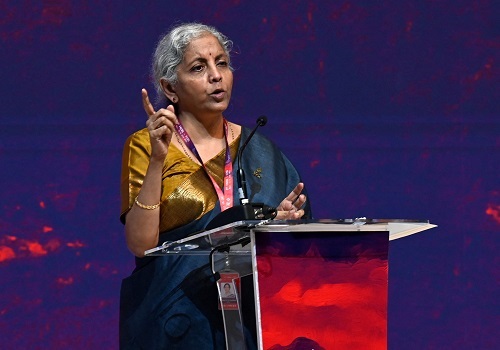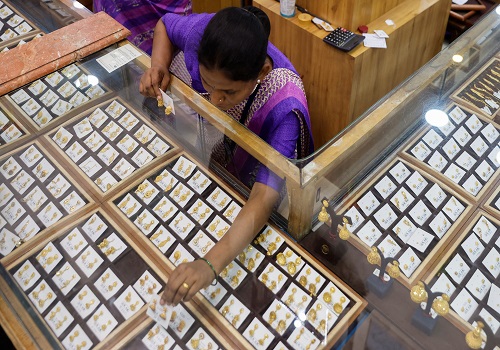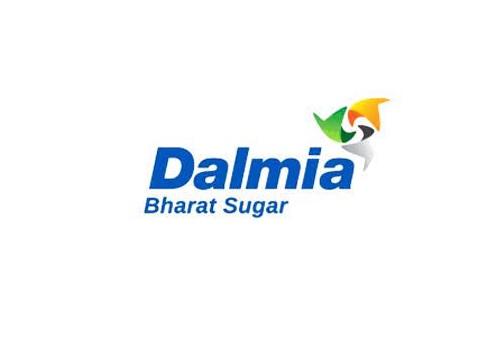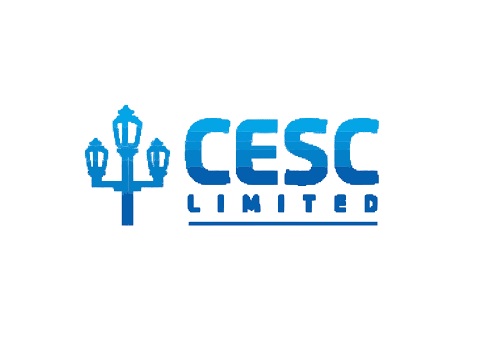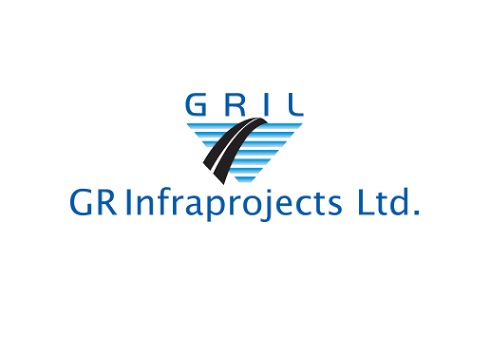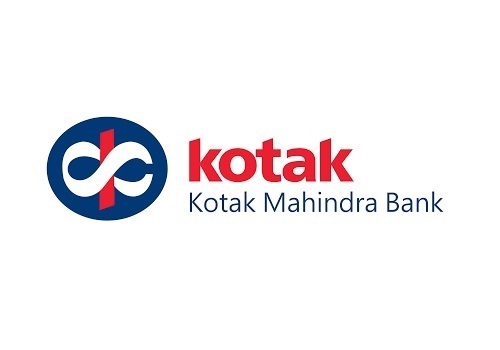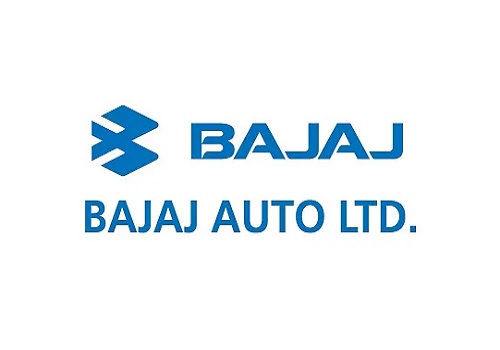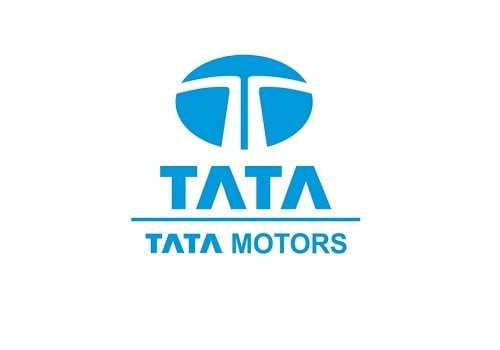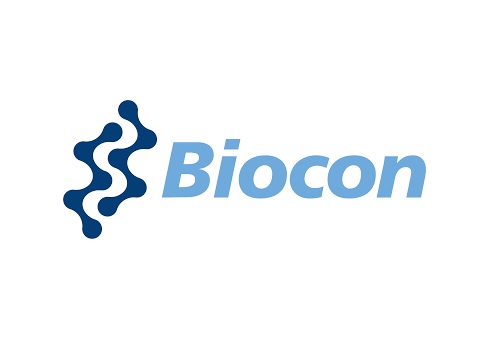Buy Star Health and Allied Insurance Ltd For Target Rs.837 - ICICI Securities
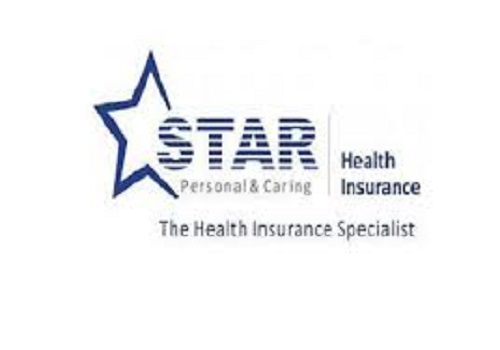
Follow us Now on Telegram ! Get daily 10 - 12 important updates on Business, Finance and Investment. Join our Telegram Channel
Strong earnings growth possible with mitigation of covid impact
Star Health Insurance (STAR) is the leading health insurance player in India with 15%/33% market share in total/retail health insurance as of FY22 based on GDPI data provided by General Insurance council. A strong network of 0.55mn agents, 12,820 hospitals and 807 branches in FY22 makes STAR the dominant franchise in Indian health insurance with significant entry barriers. This is further complemented by healthy financials (18% PAT CAGR over FY16-FY20 and average RoE of 15.5% over FY18-FY20) and strong management. While FY21/FY22 were impacted by covid, we see good prospects for >20% premium CAGR in Indian health insurance in the medium term on the back of: 1) structural under-penetration, 2) increasing consumer awareness, and 3) rising affordability. We see STAR well placed to be one of the biggest beneficiaries of the same.
More than 15% premium growth and less than 95% combined ratio can set up a healthy business value over time; STAR is expected to outperform these contours. Maintain BUY. While business sensitivity to loss ratios will be high (as seen in FY21/FY22), STAR’s retail focus and growth expectations in new businesses (~25% of the book) should help maintain high profit and help the company continue with 10%/13% RoEs in FY23/FY24E. We value the stock at a revised target price of Rs837 (earlier: Rs806) based on 50x (unchanged) FY24E EPS of Rs16.74 (earlier: Rs16.1). These valuations are higher than average multiples for listed multi-line peers on account of the higher growth expectations in health segment where STAR has a leadership position.
Q4 loss ratio at 68% is a positive surprise. This has a big positive impact on the earnings of STAR Health. Adjusted for covid and non-business ESOP cost, FY22 PAT would have been Rs5.8bn compared to reported Rs10.4bn of loss. This would translate to a loss ratio of 65.8% (vs reported of 87%) and expense ratio of 30.8% for FY22. As such, while the reported combined ratio is 118% for FY22, the adjusted combined ratio is 96.6%. This is higher than pre-covid levels due to the impact of higher ticket size of non-covid cases, which too is due to the pandemic.
Positive outlook on loss ratios and solvency provides strong business outlook. Management indicated a loss ratio of close to 64% in Apr’22 and provisional solvency at 177% with visibility of improving it to >190% in the near term (with profit accretion and move to premium-based accounting). This puts the company in significantly better traction
Growth levers include increase in sum assured for existing policies, specialised products, increase in the number of agents, bancassurance and growth in SME and nonemployer-employee group segments
Key trends shared by the company
Retail premium mix for specialised products is on the rise from 9% in FY20 to 11% in FY21 and 15% in FY22.
Company has clocked 24% CAGR in agent count to 0.55mn as of FY22. o Sponsored agency force stood at 79,000 as of FY22.
Premium of Rs7.2bn has been acquired digitally, which is 6% of total GWP of STAR as of FY22.
Growth in digital channel at 34% in FY22 is higher than agency channel growth of 23%.
The total hospital network stands at more than 12,800 with 64% of claims processed through the Associated Network of Hospitals (ANH). o Solvency as of FY22 was at 1.67x.
The distribution partnerships are with PSU banks, PB Fintech, Turtlemint, PhonePe, Federal Bank, IIFL and others.
Under-penetration is a simple investment thesis for health insurance in India:
Health insurance suffers from severe under-penetration (0.36% GDPI vs global average of 2%), poor density (US$5 vs China US$66 in terms of premium per person), lower health care expenditure share (3.5% of GDP vs global average of 9.8%), high out-of-pocket expenditure (63% as of CY18 vs global average of 18%), low government spending (27% of total healthcare expenditure) and high medical inflation (average 6.5% p.a. in past three years). Of India’s total population of 1.3bn, retail insurance coverage is available to only 43mn while group/government insurance covers 94mn/362mn, respectively (as of FY21). As such, there is strong potential for 20% annual growth in health premium in India for many years to come.
Investment thesis includes STAR’s market-leading position, product and distribution leadership, attractive financials and strong management. Company has 0.46mn (0.06mn exclusive) agents compared to the total of 0.77mn agents in SAHI as of FY21 (~81% of STAR’s health GWP is driven by agents). STAR has tie-ups with >12,800 hospitals as of FY22 of which 7,000 had preferred rate tie-ups as of FY21.
Being a monoline insurance company, risks include higher sensitivity to loss ratios, which can lead to stress in solvency on incidents such as pandemic. However, our calculation indicates the company will not require fresh capital if it is able to maintain its overall combined ratio at <96%.
To Read Complete Report & Disclaimer Click Here
For More ICICI Securities Disclaimer https://www.icicisecurities.com/AboutUs.aspx?About=7
Above views are of the author and not of the website kindly read disclaimer












 320-x-100_uti_gold.jpg" alt="Advertisement">
320-x-100_uti_gold.jpg" alt="Advertisement">


